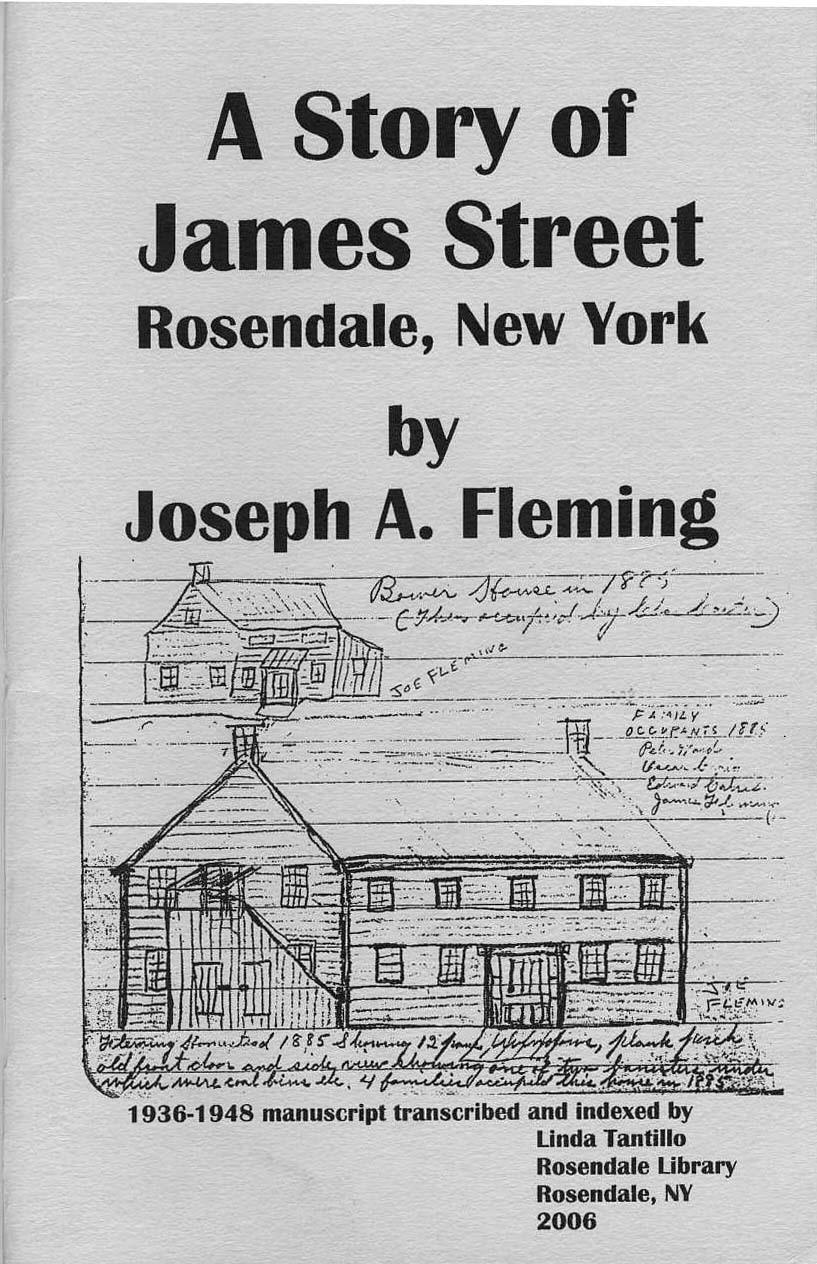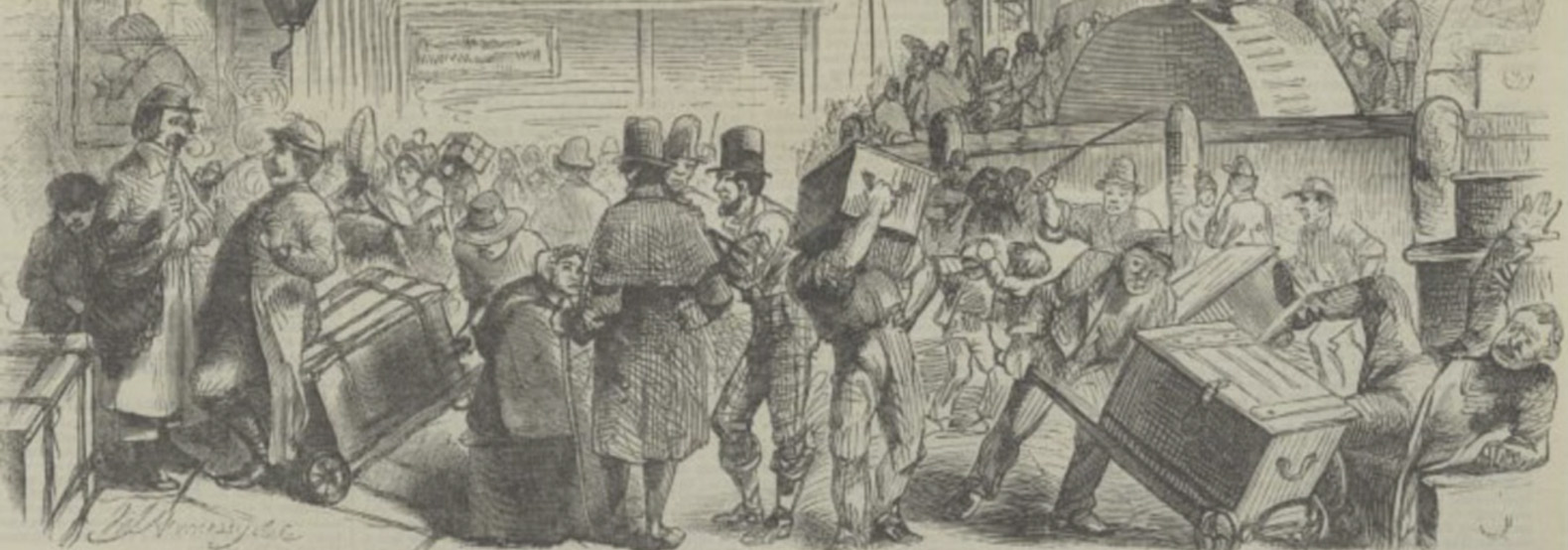
William Sullivan, a Slater by
trade, lived with his wife Margaret and eight children in a nondescript
dwelling near Main Street in Clogheen. Most of
what is known about William and Margaret is lost, but the legacy they left us
cannot be denied. Having married the year after the Great Famine began;
the family seemed to prosper despite the perilous times. But now the
children were becoming of age and marriage and families of their own began to
occupy their thoughts.
Mary, the second oldest of the
daughters and fourth in birth rite, fell in love with a young revolutionary ten
years her senior. James Fleming lived across the Knockmealdown
Mountains that stretched between the counties of Tipperary
and Waterford. During the uprising of 1867, James and his brothers along
with other Fenians perused by British soldiers
escaped and took refuge in the Monastery of Mount Melleray.
James left Ireland for Canada, working his way west on the railroad
construction gangs and later entered the United States in 1870. In 1873
Mary, at the age of 16, followed James to the United States and met him in the
upstate New York town of Kingston, where they were married in October of that
year.
Christopher Sullivan was sixth
born, and came to the Massachusetts town of Quincy in April 1885.
Christopher was a miller by trade, the equivalent of a latter day mechanic, had
no trouble finding work in the mills and factories of New England. I
donít know much about Grandfather Christopherís early years in this
country. Like most men his age he sought the companionship of others from
the old country, especially those from his hometown. One such friend was
Patrick Mulcahy, brother of Mary Mulcahy
who was betrothed to his brother Charles. Patrick would marry Mary Mulcahy, the sister of Catherine and after only five years
together bury his wife here in Calvary Cemetery. Later, it was Patrick,
filled with compassion upon learning of the deaths of his brother in law and
friend Christopher and his wife Catherine, donated the deed to this plot of
earth.
Grandmother Catherine OíDonnell
entered this country through the port of Boston in 1891, and was joined soon
thereafter by her sisters Margaret and Mary. She, as did most young Irish
immigrant women, worked as a domestic in the town of Newtown. Catherine,
like Christopher, was also from Tipperary, and they
may have known each other before they left Ireland. But of this I canít
be certain because so much of the family history will never be
reconstructed. Christopher and Catherine were married in Sacred Heart
Church in Newton Center September 3, 1894.
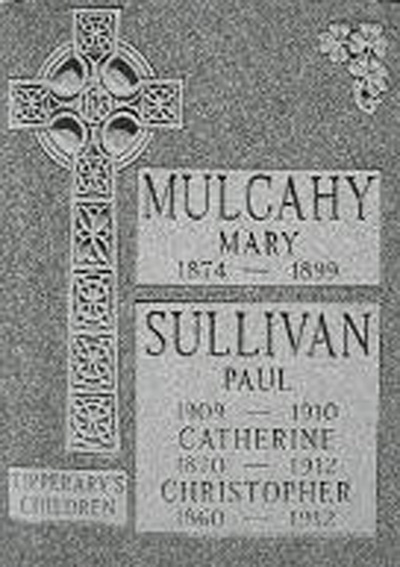 Charles, the
youngest of the Sullivan offspring immigrated to Quincy in September of the
following year along with Margaret Mulcahy, and
they were married in November of that year. Our Grandfather was his best
man. Charles, a plasterer by trade worked as a laborer in the
construction trades, and later in the shipyards of Quincy. The house he
built at 44 Pearl Street in Quincy still stands today, and is one of the finest
homes in that part of the town. Charles was known for his hospitality,
and opened his home for many family members looking for a new start here in the
States. Charles would be the only member of his generation in America to
return home to Ireland.
Charles, the
youngest of the Sullivan offspring immigrated to Quincy in September of the
following year along with Margaret Mulcahy, and
they were married in November of that year. Our Grandfather was his best
man. Charles, a plasterer by trade worked as a laborer in the
construction trades, and later in the shipyards of Quincy. The house he
built at 44 Pearl Street in Quincy still stands today, and is one of the finest
homes in that part of the town. Charles was known for his hospitality,
and opened his home for many family members looking for a new start here in the
States. Charles would be the only member of his generation in America to
return home to Ireland.
And so began the American Experience for the offspring of William and Margaret
Sullivan. The children of Tipperary.
Their aspirations were simple. Work, establish a household, and raise a
family in the tradition of Mother Church. In no way does this diminish
the hopes and dreams they held so dear. They passed from this earth far
too soon. As did many others of their generation. One undeniable
fact is evident however. Those of us gathered here this morning owe a
debt of gratitude to those that came before us.
The monument
erected on this site is not simply for those that have passed on, but for those
of us that live as well. So that we may remember through their sacrifices
the gifts bestowed upon us. We the grandchildren, and great grandchildren
of Catherine and Christopher Sullivan, lovingly dedicate this monument in the
name of their children. William, Mary, Arthur, Joseph, Edward, and
Margaret.
- Read at the dedication of the new monument erected at Calvary Cemetery on
November 14, 2004 -
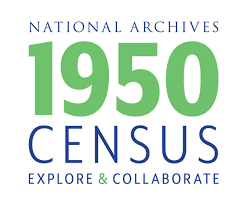
The 1950 Census Is Here
See tipperaryschildren.com US Census Page
Read
Personal recollections of 19th century Rosendale by Joseph A. Fleming
Transcribed and indexed by Linda Tantillo
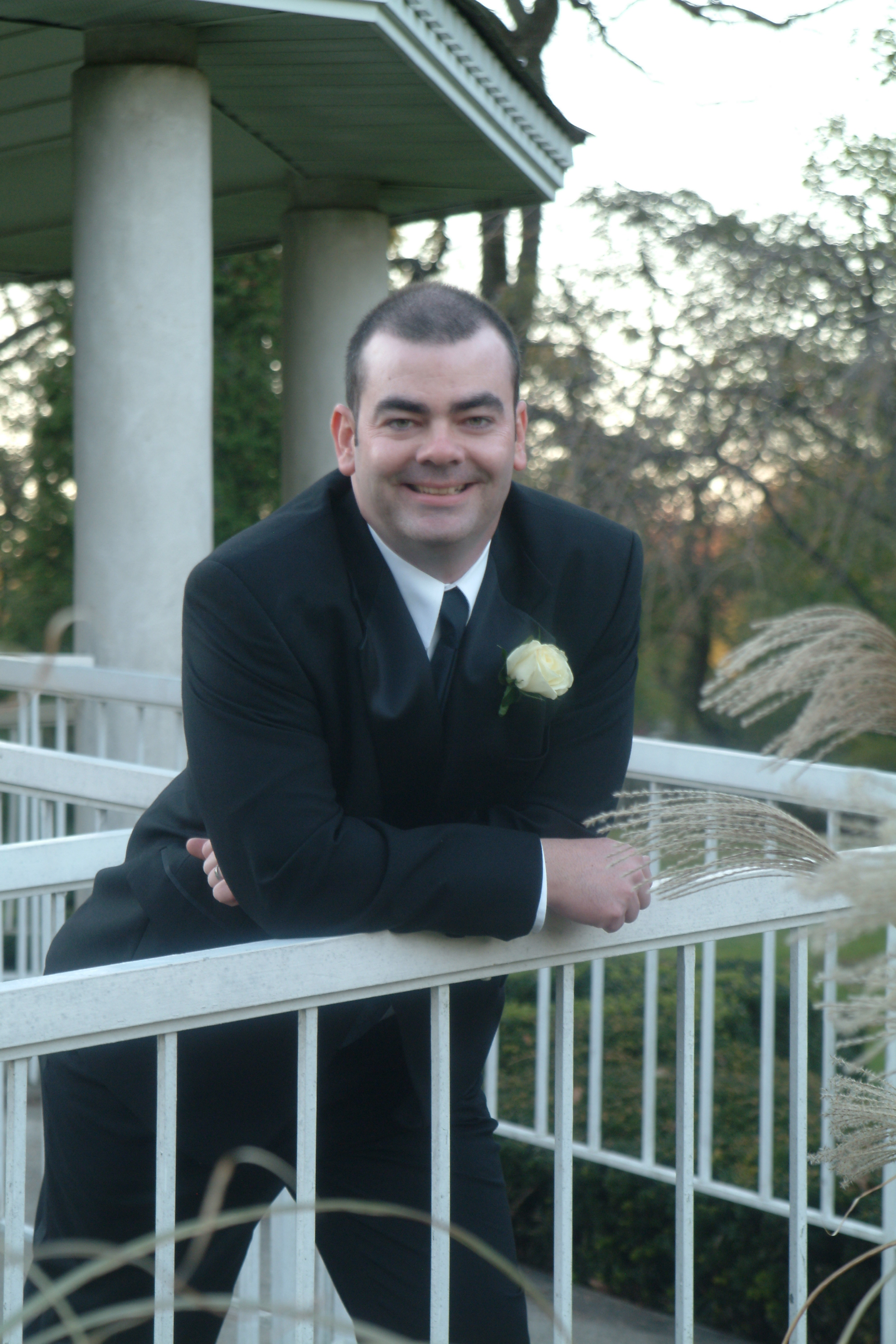 Remembering
Remembering
Michael Coyne
1 September 1971 - 14 October 2011
Do you have
questions? Would you like to contribute? tippwebmaster@yahoo.com
